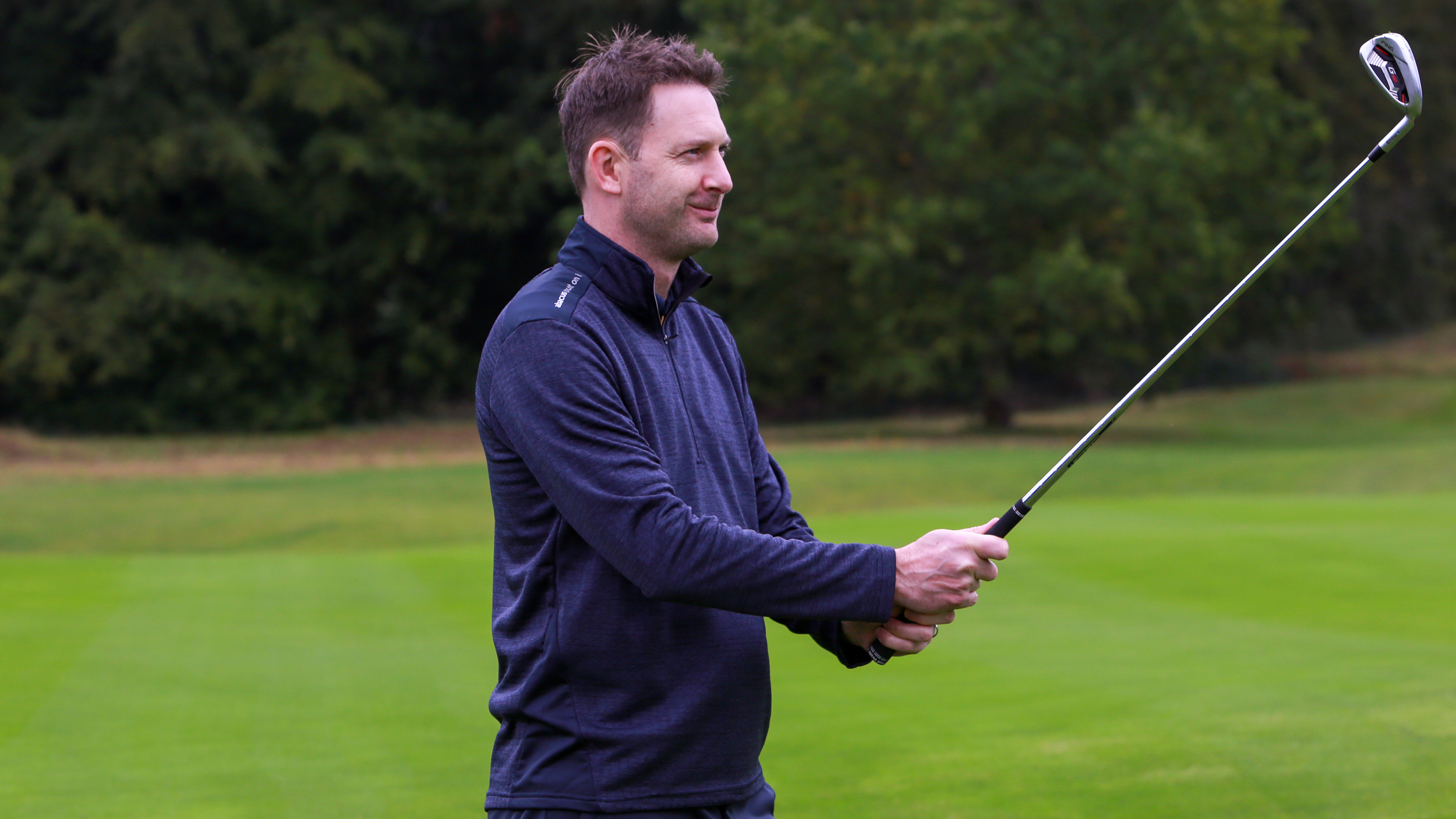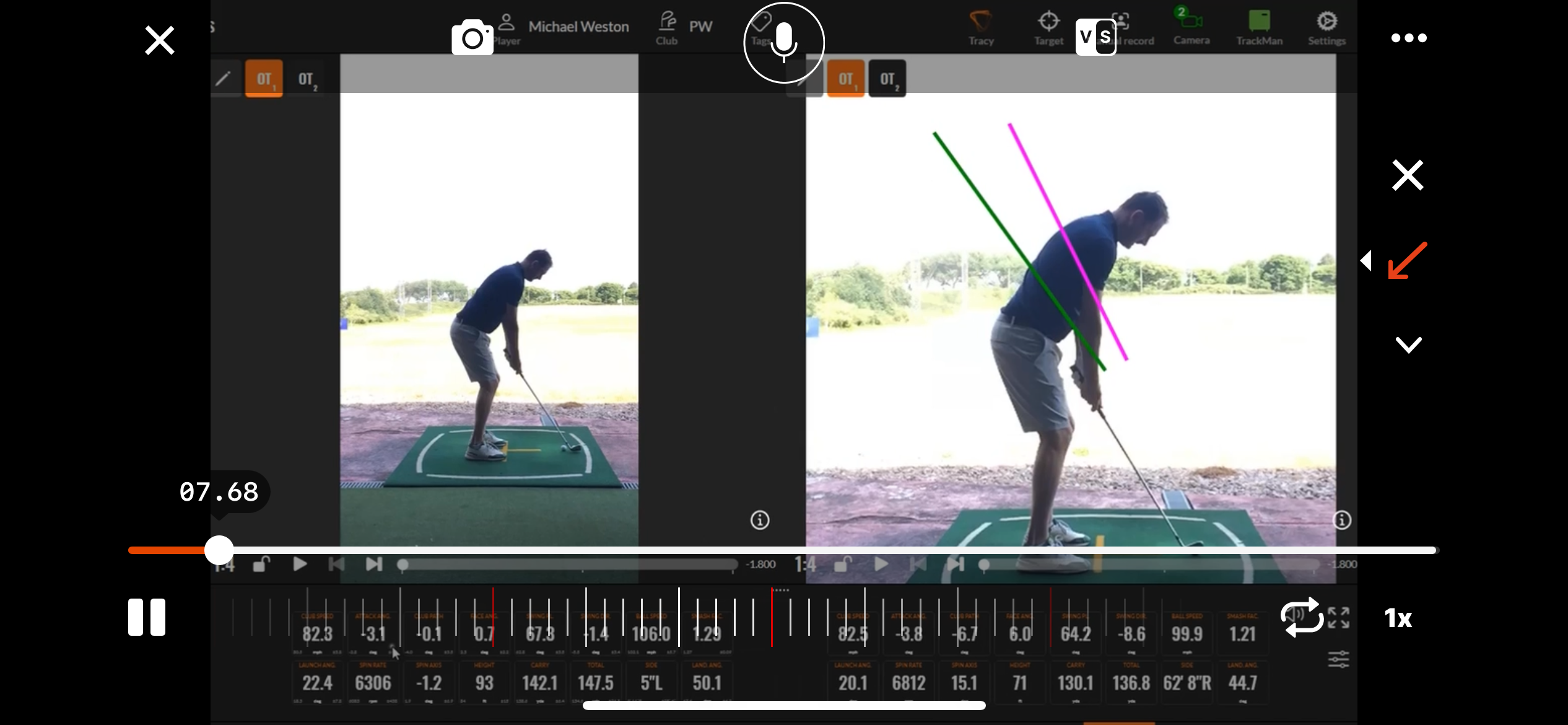
‘Game changing’ are two words that we hear a lot in golf. Whether it’s the latest technology or a golf swing tip that’s never been shared before, golfers should never fret about the state of their game, because there is always something ‘game changing’ just around the corner.
Even so, last summer I found myself fretting. With an overseas competition around the corner (48 hours away), I had developed a case of the unmentionables (the shanks). I needed help. Urgently.
Like a lot of golfers, I watch quite a bit of instruction online. In the past, my search terms have included, ‘duffed chips’, ‘chunked pitch shots’, ‘hooked drives’ and ‘three putting’, all of which have been preceded by the three words, ‘How to stop’.
Type any of the above into Google and golf pros will be queuing up to provide you with a cure. The advice, most of the time, is free, too. You can become a better golfer just by watching your phone at home on the sofa.
It’s rarely that simple, though, is it? After spending at least an hour watching every video I could find on ‘how to stop the shanks’, I thought I was ready to return to the golf course. With a bucket of 30 balls and a spring in my step, with numerous drills and swing thoughts in my head, I hit the range. Shank. Shank. Shank.
Fortunately there is still such a thing as one-on-one lessons, something that, in this YouTube era that we’re living in, golfers tend to forget. I’m not knocking online coaching – a number of PGA professionals create some fantastic content. However, on this particular occasion, where one of golf’s most destructive shots had seriously got into my head, only a session with a PGA pro was going to help.

Many of us will know someone who has quit the game. My brother ended up packing it in because he used to catch the ball heavy – a lot. In between large divots flying left, right and center he could strike a good ball. Despite my best efforts to get him to commit to a series of lessons, he jacked the game in. Shame.
I came close to doing the same when, out of nowhere, I started fizzing the ball sideways at shin height. My panic worsened when none of the videos that I watched seemed to work. Even Butch Harmon couldn’t help (a piece of advice: turn the volume down when playing anti-shank videos and use a bay as far away from other golfers as possible).
With one day left to cure the unmentionables before boarding a plane to play golf in Morocco, where I was due to be partnering someone I had never met in a Texas Scramble competition – and after an encouraging spell of hitting half a dozen good ones desperately experimenting with a baseball grip before the shanks returned – I booked a lesson.
I won’t bore you with too many tedious details. What I will say is that this 45-minute session saved my game. My coach, a lovely chap called Richie Marsden, set me up with a drill – a real game changer. It requires you to put two balls down – one in a ‘normal’ position, the other several inches further away. The idea is to address the ball furthest away, but actually strike the other one. I don’t remember the logic behind the drill exactly, but I don’t remember being too fussed with the science (something about swing path?). Anyway, it worked. Immediately.

The point of all this is not to say, ‘Here’s how to cure the shanks’ (although, if you do struggle with the odd hosel rocket, do give it a go). Rather, it’s to stress that one of the quickest ways to become a better player is to pay a visit to a PGA professional.
Whatever the fault, whether it’s a hook, a slice, tops or catching chip shots heavy, there are normally a number of different reasons behind problem shots. It’s easy to get lost down a rabbit hole watching instruction videos, and you can end up diagnosing yourself – which most of us aren’t qualified to do.
As I said to my brother many years ago, if you’re struggling with the same old card-wrecking shots, go and actually speak to a PGA pro. Yes, golf video tips can be great, but nothing beats having an expert on hand. For a start, they can actually see your swing. And secondly, if you’re feeling particularly sad about the state of your game, they can put an arm around your shoulder and tell you that it’s all going to be Ok. That's game changing.







